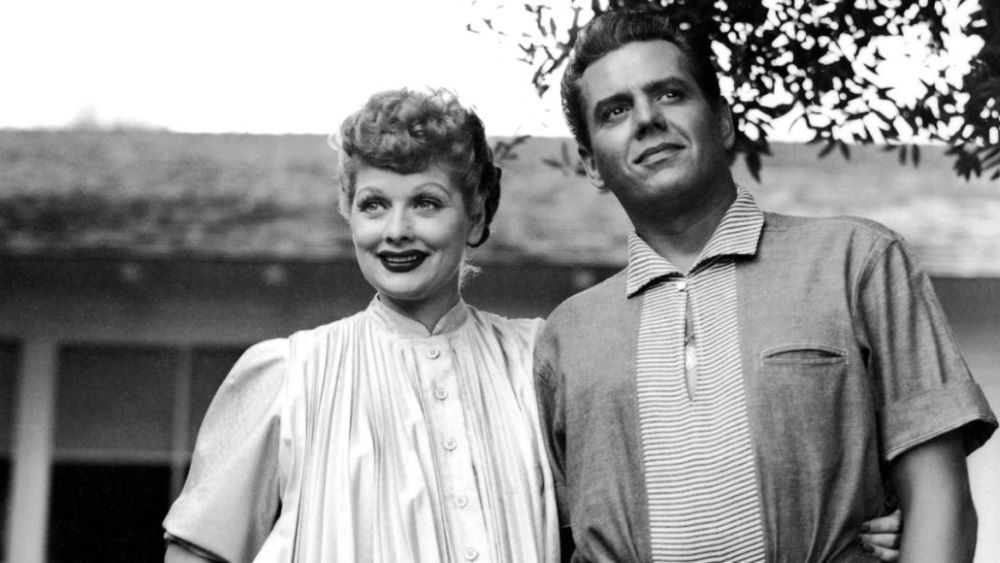Recently, Grizzlies guard Desmond Bane told BasketballNews.com, “I think [why it clicks] has to do with our culture, with our locker room. We don’t have any egos. I mean, I think it starts at the top with Ja Morant, Jaren [Jackson Jr.], Dillon Brooks, myself — we’re all on one agenda, and that’s winning basketball games. Nothing really gets in the way of that mentality and that mindset. It’s always about winning.”
That culture is a big reason why the Memphis Grizzlies currently sit third in the Western conference with a record of 35-17. The second youngest team in the league has put the rest of the NBA on notice.
Ja Morant has been on a tear this season and was selected as starter for the 2022 NBA All-Star Game, which was announced last Thursday. Morant is the the first Grizzlies guard to appear in the game, and the youngest Grizzlies player to compete in the event at 22 years old. He will become the second Grizzlies player to start an NBA All-Star Game, joining Marc Gasol (2015) and fourth All-Star in franchise history (Pau Gasol, Marc Gasol, Zach Randolph).
Currently, the Murray State alum has a franchise record of six consecutive games of 30 point-performances. On Friday night in a win 119-109 against the Utah Jazz, Morant secured his first triple-double of the season with 30 points, 10 assists, and 10 rebounds that marked the highest-scoring triple-double in franchise history. It was his fourth career triple-double.
After the win against the Jazz, Morant was thankful for the All-Star nod and was happy about being able to see his family, especially his grandmother who is battling illness. He said, “It has been big time — it was much needed getting to see my family during this time. Getting the All-Star starting nod and being with them when my name was called, obviously was something I wanted to do, to be able to do, and I was able to do that. Thankful for the organization letting me be able to go spend time with my grandma. Coming back, I was the same Ja as before the announcement was made, go out and prove myself to try to win the game.”
Morant was more happy about the win than he was about the triple-double.
The Grizzlies strive with the next-man-up mentality. Players and coaches have been out due to injury and the NBA’s health and safety protocols (Covid-19). And the team has kept winning through it all.
After the 115-95 victory against the Washington Wizards on Saturday, Taylor Jenkins with emphasis said, “Great effort by our guys. We don’t care about the schedule, we just come out and play.”
No matter who the opponent is, the Grizzlies always try to give maximum effort in win or losses.
Last November in their first meeting, the Wizards routed the Grizzlies 115-87. And the players remembered to return the favor. Bane said after the game, “Most definitely, we are a much different team now than what we were then. We were trying to find our identity earlier in the year.They smacked us pretty good at their place, so we definitely wanted to come out and set the tone tonight. Even just coming off of a game last night.”
Let’s not forget the sequence of the year! The block-to-dunk might go down as the highlight of the NBA season.
Jenkins described it as “Incredible. He was actually joking with the bench,” he said. “We call them ‘cycles,’ defense to offense. Multiple possessions together. Desmond [Bane] has the incredible block. That was, on top of what Ja did earlier in the year, one of the best blocks I’ve probably ever seen, especially in transition. Des going up there and meeting the guy up at the rim and it turns into that highlight reel on the other end. What a sequence there. Incredible on both ends.”
He added, “I, internally, was celebrating big time because I recognized the sequence that had just happened. I think I was sitting down on the bench when Des [Desmond Bane] goes up neck and neck to block that shot. That got me out of my chair. Then I see the quick outlet. Then I see Jaren [Jackson Jr.] making a selfless play for his teammate. The highlight was just a stamp on it. In a way, it was like an awe and pause. I had to catch myself there. What an unbelievable sequence.”
When the Grizzlies are having fun on the court, they are hard to beat. “It’s the ultimate fun,” said Jenkins. “I love this group, love what they stand for. They stand for having fun with each other and competing with each other. That’s what I tell myself before every game. We’ve got to go out there and do that. Luckily, we don’t have to repeat that to the group that much because they own it. It’s a credit to them.”






















